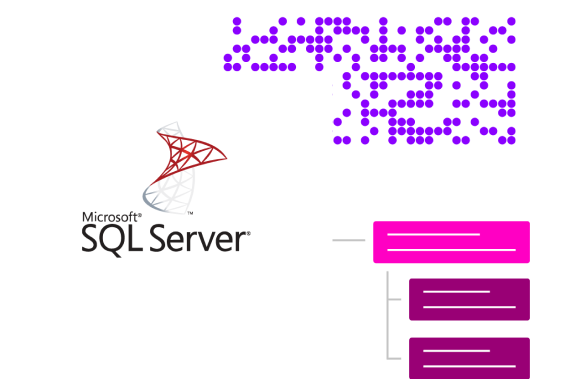Tech highlights
Distributions
- SQL Server for Linux
- Operating system provided repository
Replication types
- Always On
- Asynchronous-commit
Top features
- Hybrid HA
- Flexible architecture
- Cloud backups
Try ClusterControl with SQL Server for Linux for yourself!
Features list
| OSS License | |
| Enterprise License | |
| Severalnines Support | |
| Relational | |
| NoSQL | |
| Storage Engines | |
| Time series | |
| Backup & Restore | |
| — Full | |
| — Incremental | |
| — Partial | |
| — Restore: PITR | |
| — Clone / Duplicate node | |
| — Local storage | |
| — Cloud storage | |
| — Encryption | |
| — Compression | |
| Cluster creation | |
| — Asynchronous Replication | |
| — Synchronous Replication | |
| — Add node / decommission | |
| SSL/TLS Connectivity | |
| Load Balancer availability | |
| Infrastructure manageability | |
| Security summary | |
| — User console access | |
| — Key Management | |
| — LDAP integration | |
| — Audit log | |
| Performance analysis | |
| — Query monitoring | |
| — Operations monitoring | |
| — Custom metrics/thresholds | |
| — Replication lag | |
| Configuration Management | |
| Database-specific dashboard | |
| Alarms & Error reporting |
I’ve deployed SQL Server on Windows before but never on Linux. What do I need to know prior to using ClusterControl?
As with all our database deployments: Nothing. Welcome to simplified database installations that just quite honestly take the pain away.
Do you allow SQL Server deployments on Windows?
We’re studying the possibility, but for now, it’s only for Linux.
In addition to providing statistics on SQL Server and its performance, what about the underlying systems?
Of course, on the main dashboard, you can view both the system, cluster, and per-node SQL Server host dashboard.
